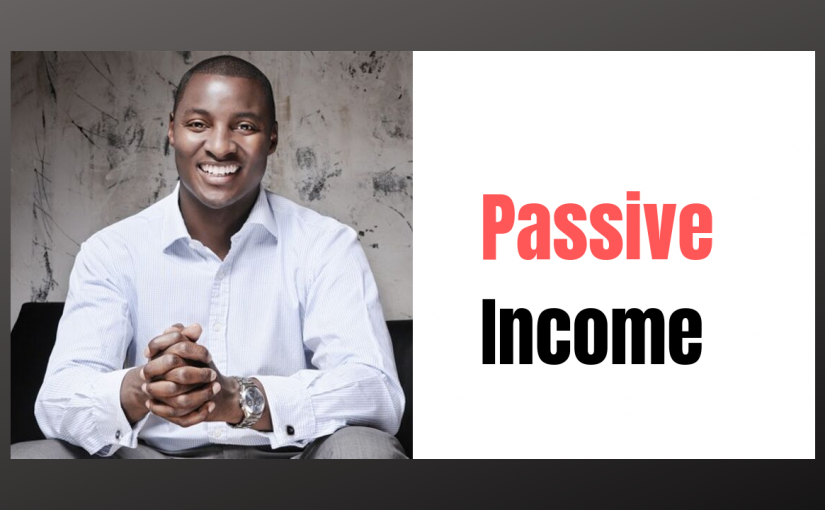This post may contain affiliate links please read our disclosure for more info. This video was first published on my YouTube channel; you can subscribe to my channel here http://bit.ly/1BuKsoM .
Active Income
Active income is the traditional way of earning money when you have a job; an individual trades their time for an hourly rate and is paid wages or a salary. This model applies whether they are working in a restaurant, shop or an office. Active income requires you as the employee to be in a specific place at agreed times and to follow a predictable routine. The primary benefit is that you will receive income that you can predict and that you can plan your expenditure precisely. The major disadvantage is that you are limited by the amount of hours a day and the fact that the more work you do, the more tired you will become.
Passive Income
Passive income is income that you can generate once you have completed all the initial work for a project and then set up the processes to create recurring passive income. A good example of this is provided by the music industry, an artist writes, records and produces an album and then when it is released, they will receive passive income from its sales.
From Active to Passive
In the video, I discuss specific ways that you can transition from an active to a passive income model. It is not easy, you will have to do the work but once you have done it, you’ll be much closer to our shared goal of financial freedom.
Next Steps
Would you like to earn more from passive income? Have you already started? Let me know in the comments section below. Also, get in touch if you would like my help, my email address is mike@learnmoney.io
If you have enjoyed this post you will also like the following posts:
Making Sense of Affiliate Marketing Course – Review
Coinbase Earn: Earn Free Cryptocurrency
How to Monetize Twitter with Affiliate Marketing
Top 3 High Paying Affiliate Programs
What to do if you are Made Redundant: 5 Steps
How to Control Your Cashflow With a Bill Payment Schedule
Credit Cards: How to Make Balance Transfers Work For You
What’s the Best Strategy for Clearing Debts?
Investments: Why Saving is Not Enough
My aim with each blog post is to help you move to a better financial future. I believe that there is not enough financial education in the national curriculum and I intend to share anything helpful that I have learned along the way. I am by no means a financial expert. None of the information on this website constitutes financial advice and is provided as general information only. This is my personal finance blog; my marketing blog is over here and I have been blogging there since 2010. I hope you have found this information useful. Thank you for reading.
Best regards,
Mike



